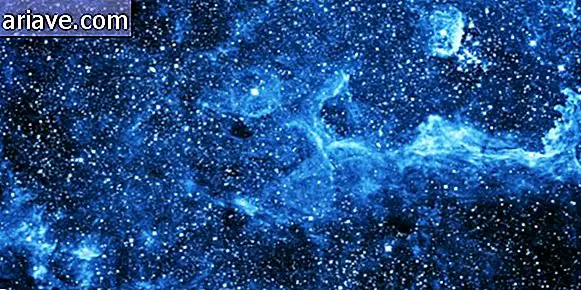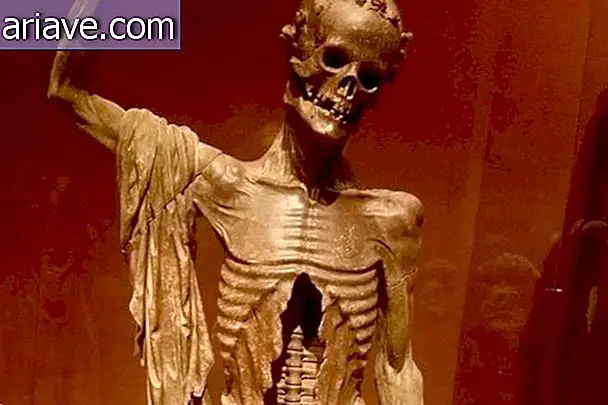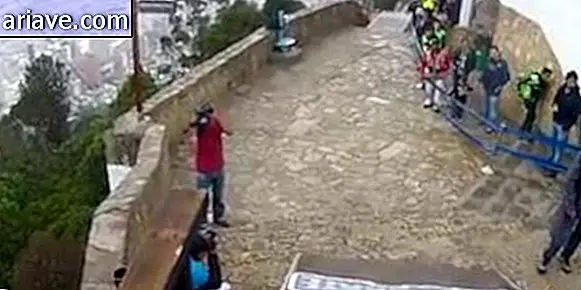Scientists look for sun sister stars
The sun formed billions of years ago, and along with it several other similar stars. We do not know exactly under what conditions this happened, and stars of the same origin today may be many light years away from each other, making the task of determining the origin of a group of stars quite complicated.
Now a project called Galactic Archeology promises to identify the composition of a large number of stars through a spectrograph called HERMES. It is located at the Australian Astronomical Observatory and will analyze the chemical composition of 340, 000 stars. With this data, it will be possible to compare the properties of the stars analyzed with those of our Sun, something like a stellar DNA test, and thus identify possible sister stars of it.

Like any spectrograph, HERMES captures the light spectrum of stars to further determine the elements that make up the star. The great advantage of this research is the efficiency of the equipment used, because HERMES will be able to accurately record the star spectrum more efficiently than other equipment.
Obviously, analyzing such a large amount of data is almost impossible if done manually. For this reason, an algorithm capable of recognizing patterns in data recorded by HERMES was developed, comparing with previously analyzed stars. Thus, it was possible to determine the amount of each chemical element that must exist in a given star, so that it is considered the sun's brother.
Even with automation, astronomers still play a key role in research, as they indicate which stars to investigate. The equipment needs 1 hour of observation to get enough data for analysis, and up to 360 stars can be registered at one time. Since 2014, 280 observation nights have been made, and since the goal is to analyze 1 million stars, there is still a long way to go.
The analyzes will make it possible to relate stars to the nebulae that gave rise to them, enhancing our knowledge of the history of the galaxy. This knowledge is relevant because knowing which stars were born together would improve our understanding of what the galaxy was like billions of years ago.











